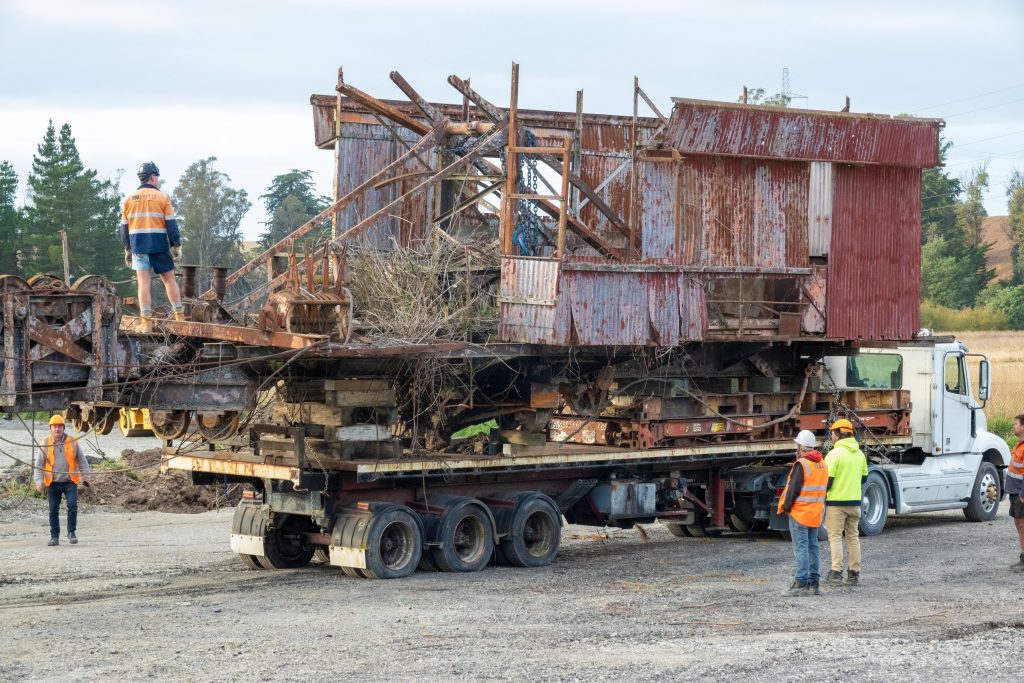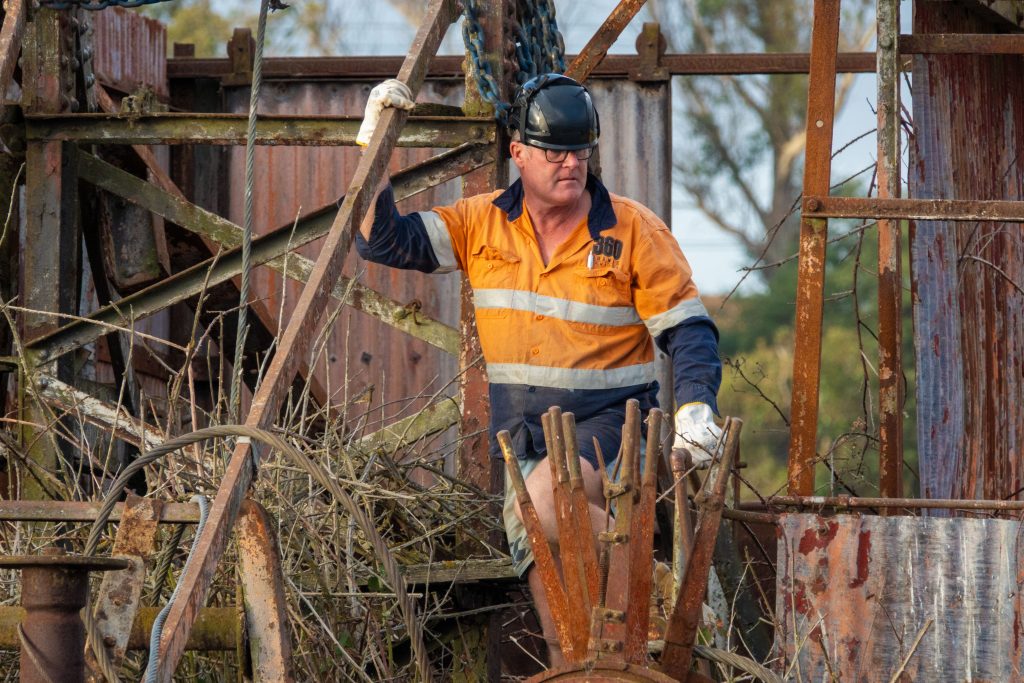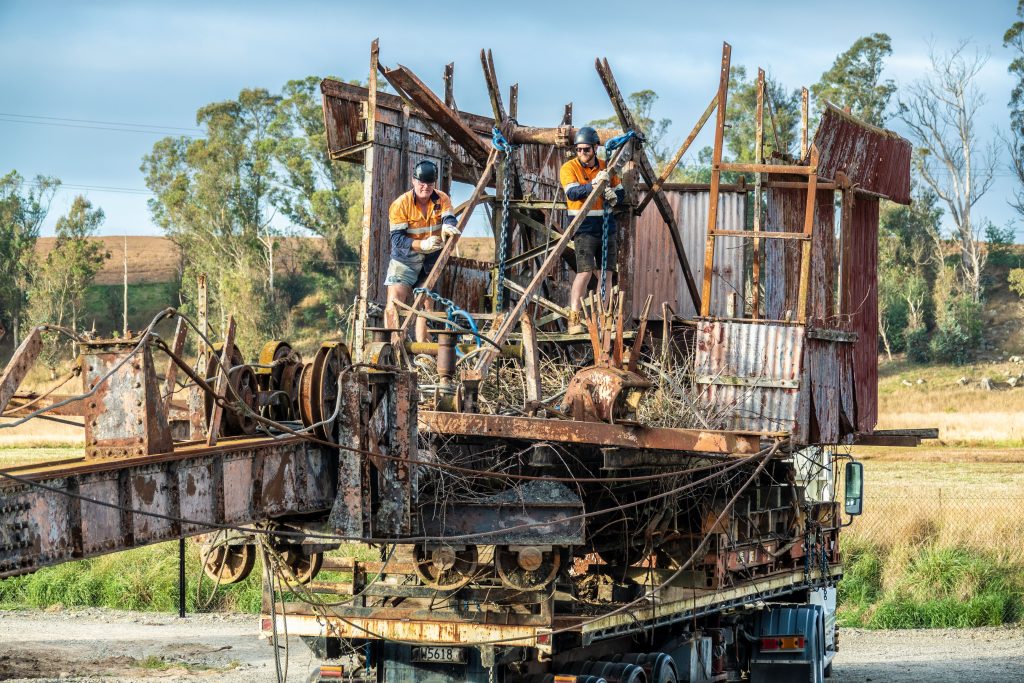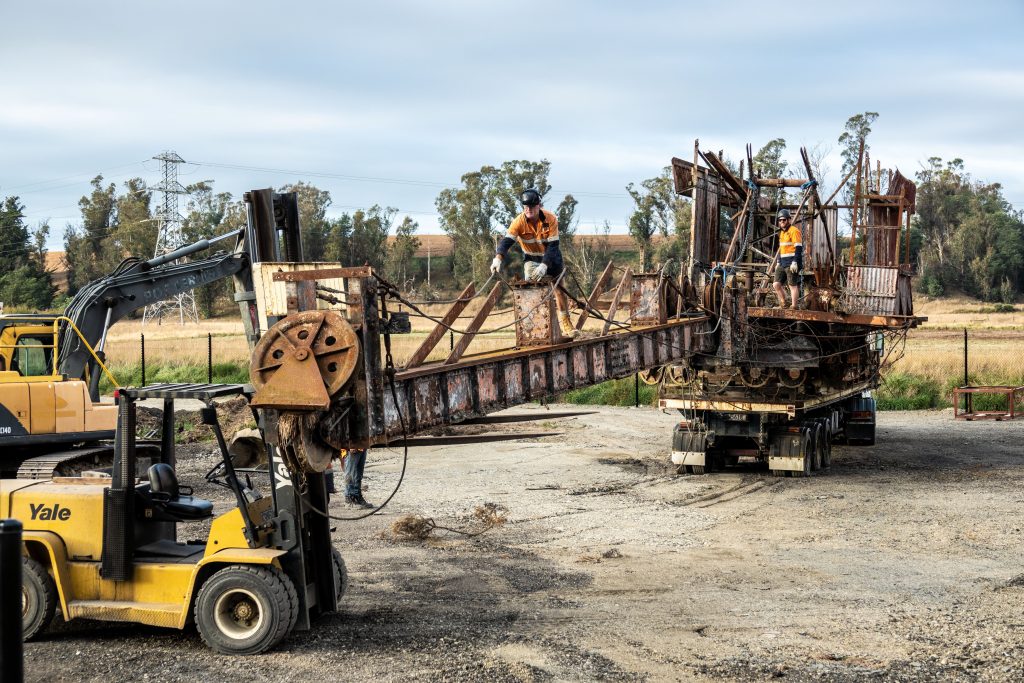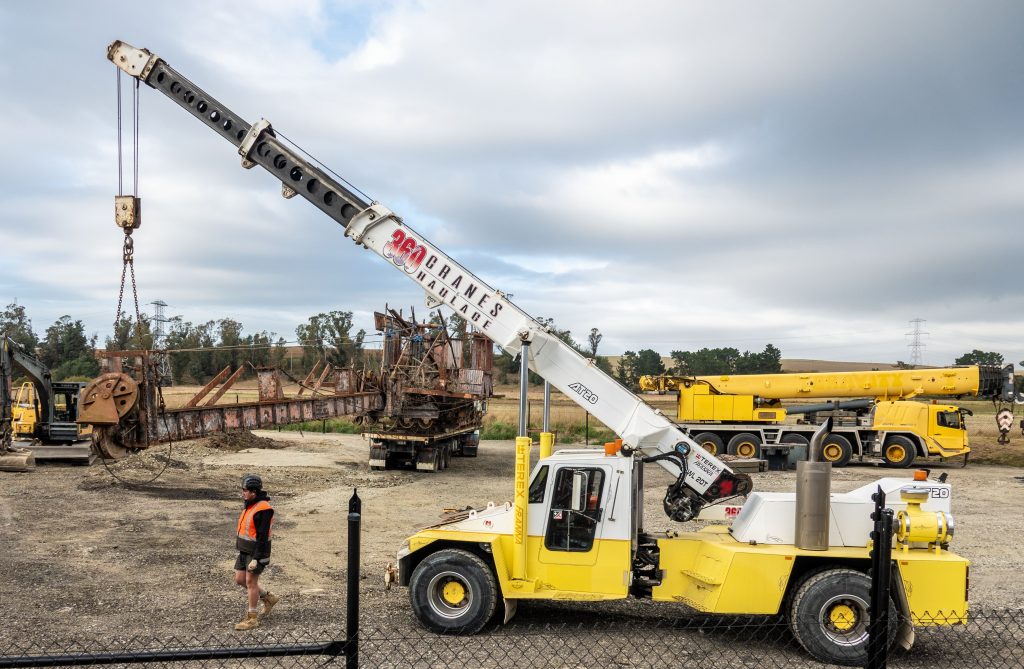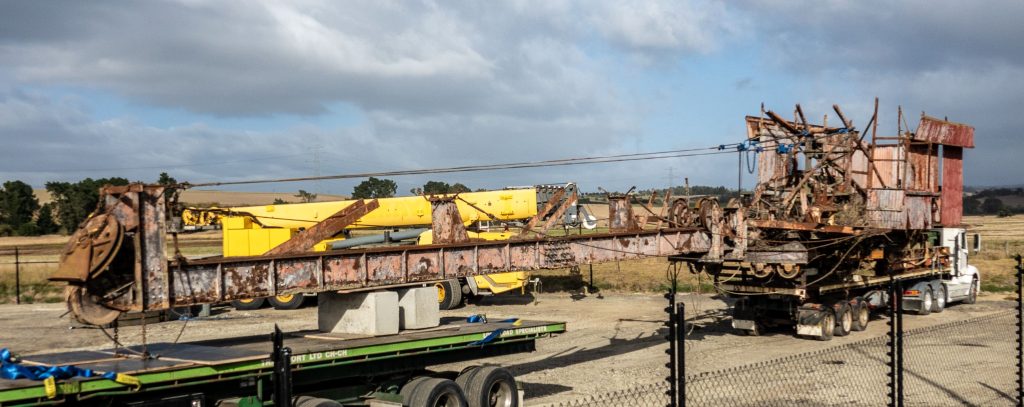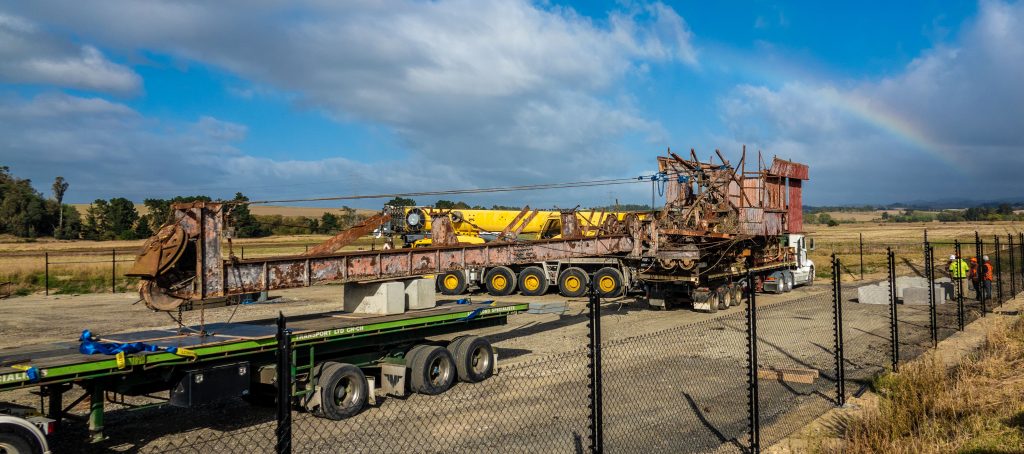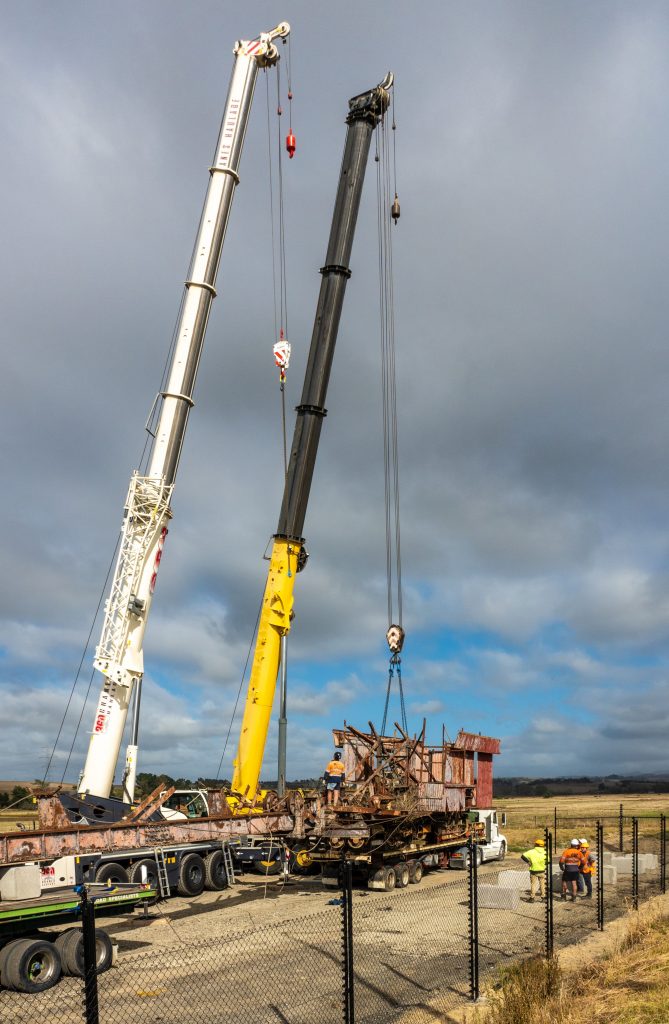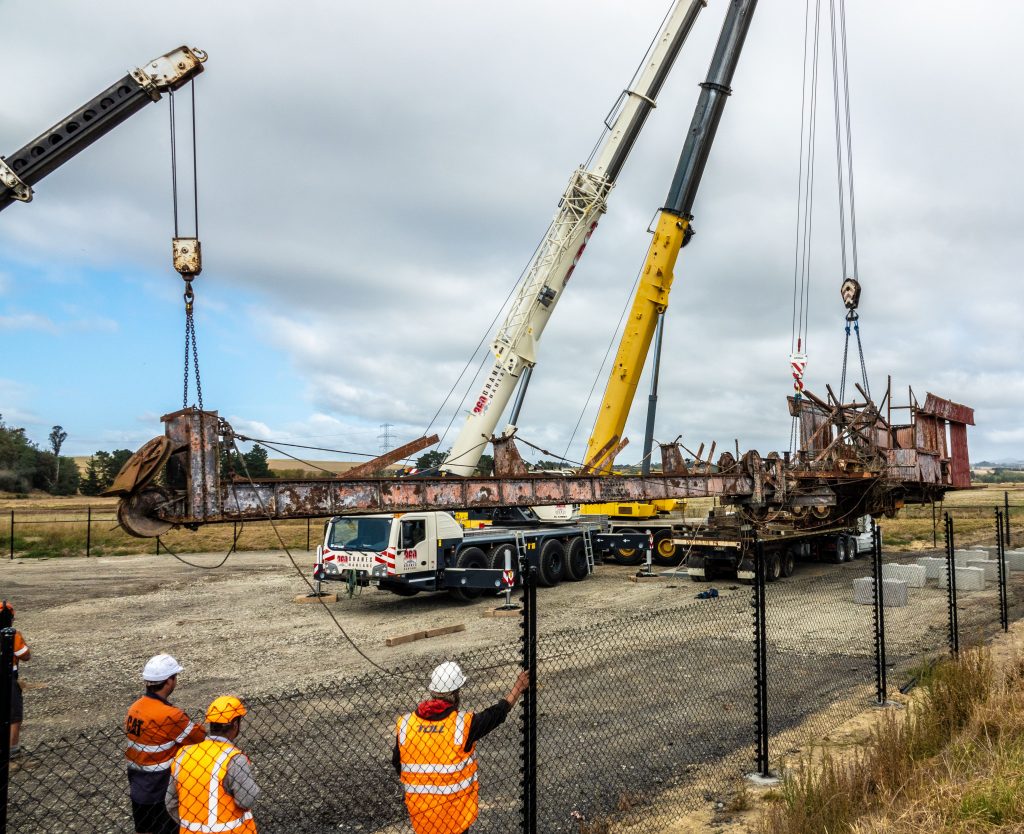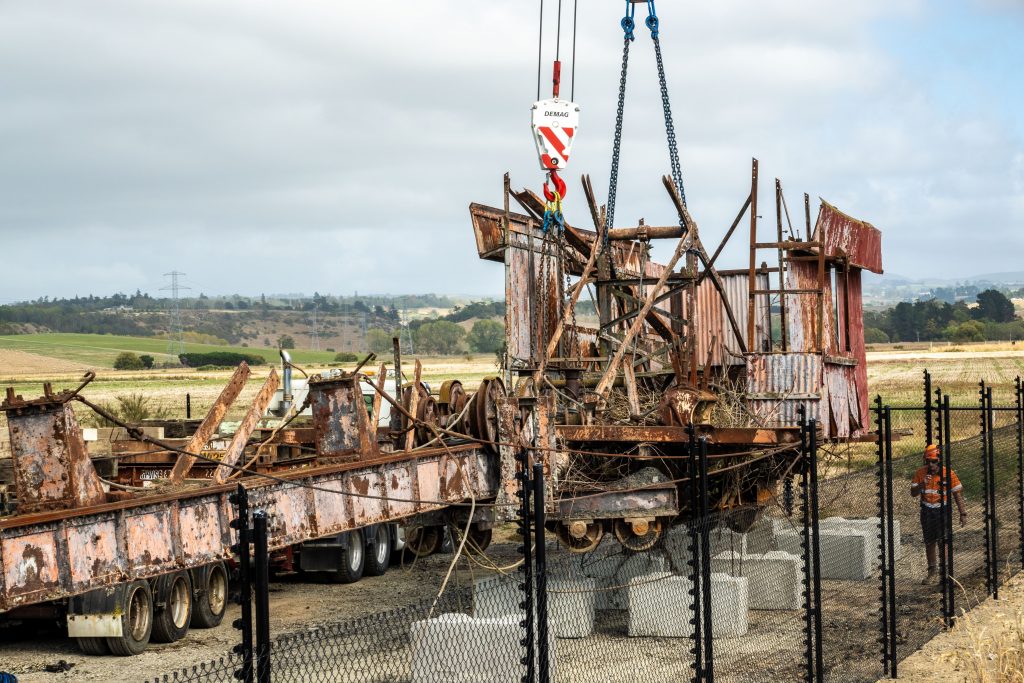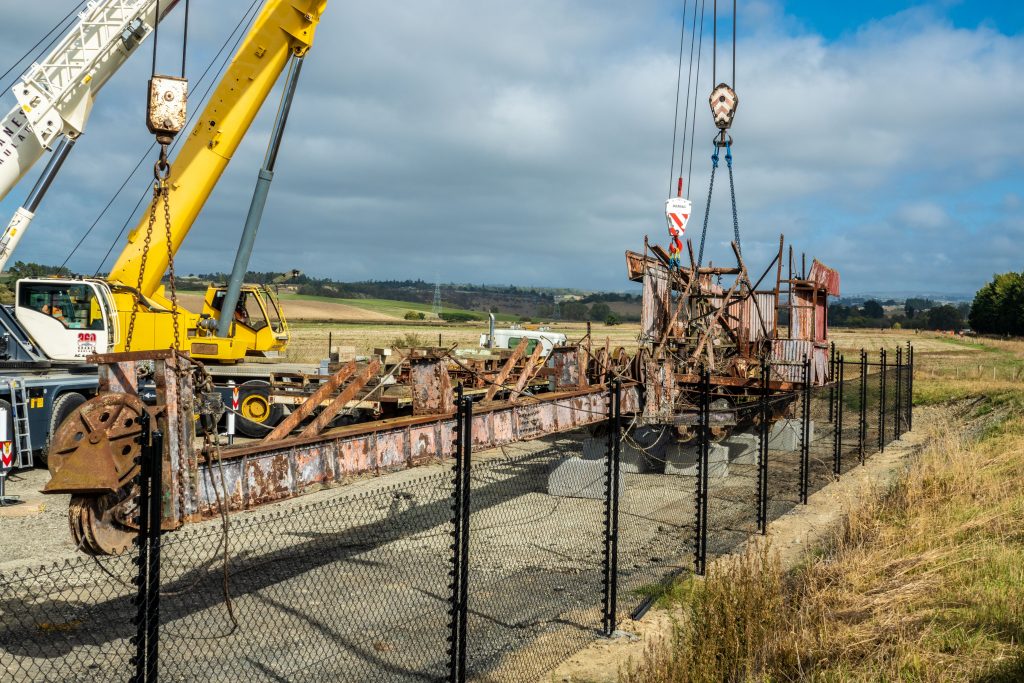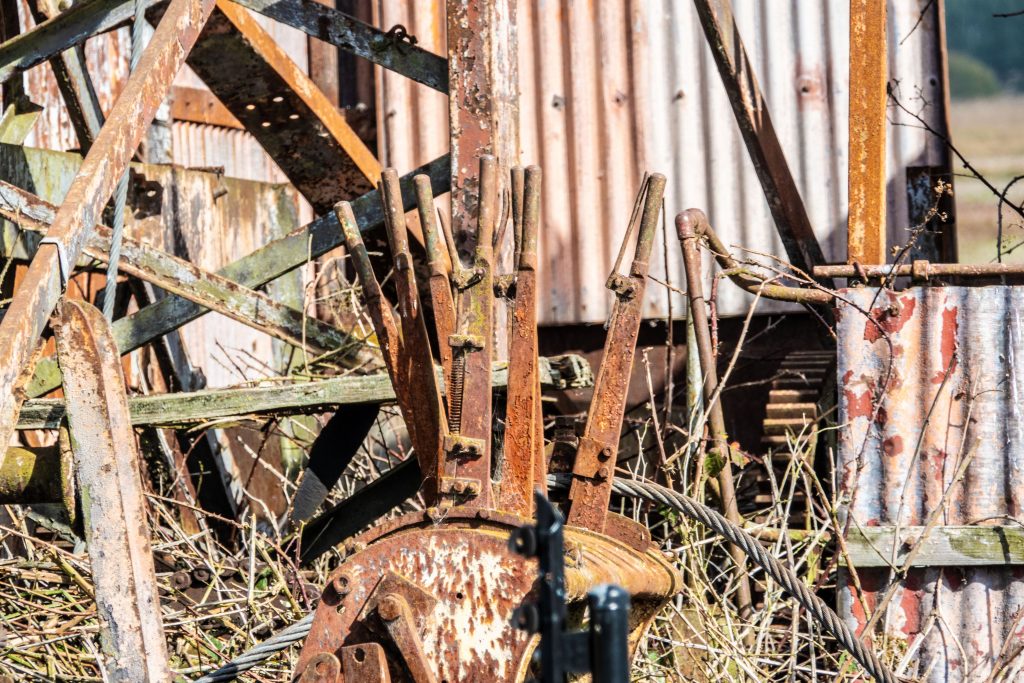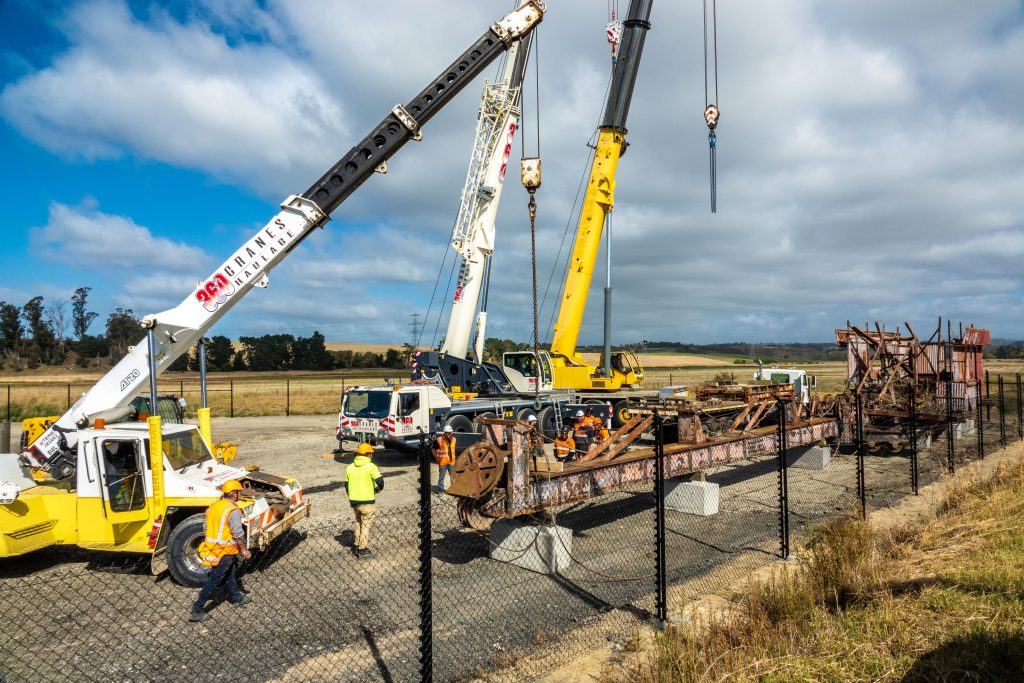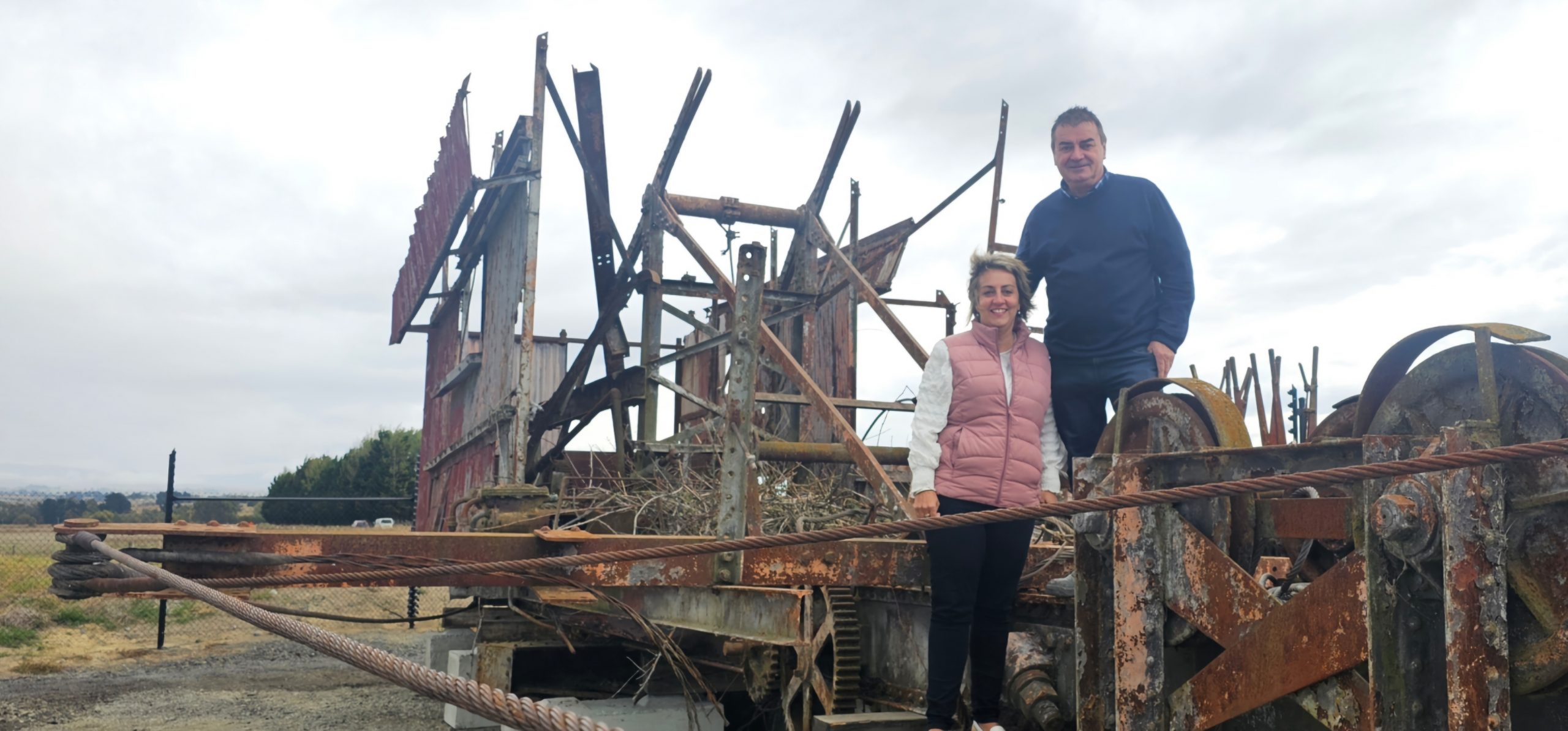After lying in a Washdyke paddock for 40 years, Timaru harbour’s old Stothert and Pitt steam crane is set to rise again.
The 90-tonne crane was built in England in 1926, and found its way to Gisborne in 1927.
After completing blocklaying river work, it was then stripped and shipped to Timaru in 1930.
The crane, which was responsible for building much of the harbour rock works, was eventually retired into the care of engineer Ivan Sorenson and had been stored in a Washdyke paddock since 1985.
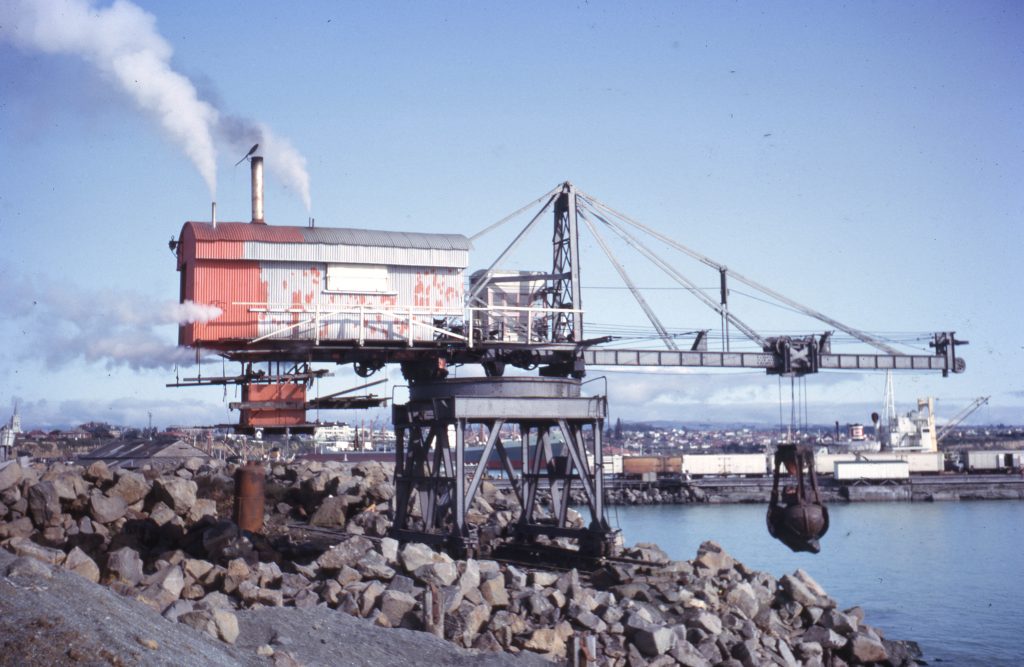
Looking to expand his business, Heartland Containers and Self Storage owner Steve Fraser came into possession of the nearly 100-year-old machine after buying the section of land it had been residing on.
Mr Fraser said he had always been aware the crane was there and had always kept an eye on it.
‘‘We approached the neighbour [Michael Richardson] about buying this bit of corner section off him.
‘‘It took a while to sort it out and we inherited the crane with the section,’’ Mr Fraser said.
‘‘He gave us his blessing. He initially thought we might chop it up but it was too good to just chop up despite being buried under all sorts of trees, bushes and plants.’’
Mr Fraser said despite suggestions to scrap the crane, the idea was always to restore it.
‘‘It’s a good thing to keep in Timaru. We want to keep it local; we didn’t want to see it salvaged. A lot has gone in the past.
‘‘The plan is to stick it out front and maybe even raise it up a metre or so because then it can be seen from the road.’’
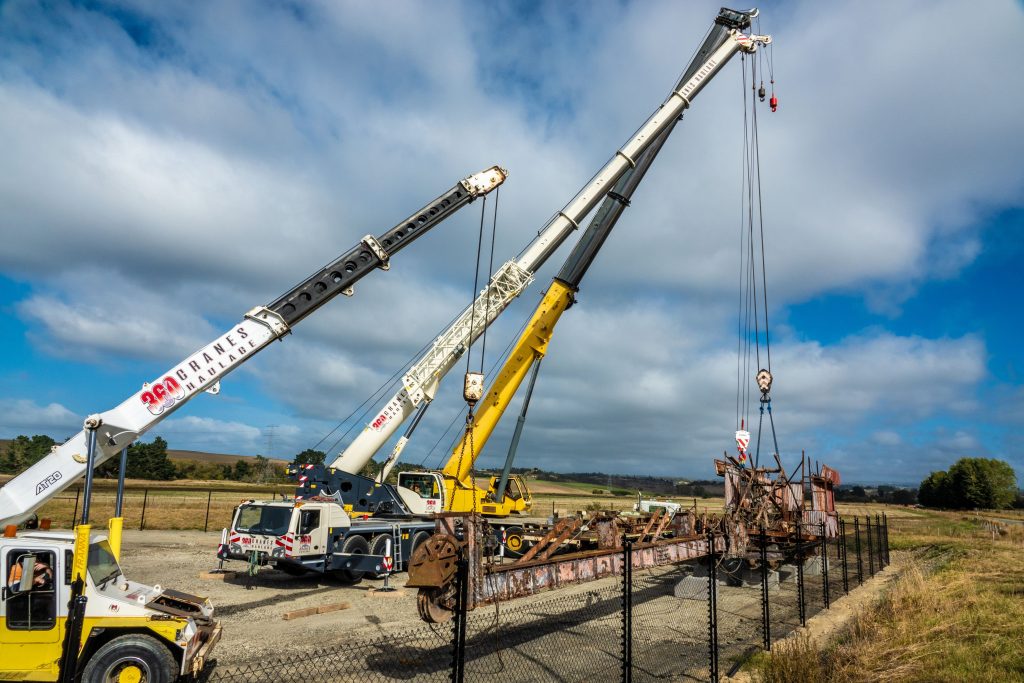
After a year’s work restoring the frame the crane had sat on, the main body was lifted out last Monday with the help of 360 Cranes & Haulage.
Mr Fraser said they were a little over halfway through completing the full restoration.
‘‘We have three engineers in the shed working away, painting it and getting it back in to shape.
‘‘We now need to sandblast the original crane and we’ve still got some bits to put back together as well as put the roof back on and reclad it all.
‘‘There’s also a wee cabin for it that is sitting out somewhere on a pig farm in South Canterbury. We’ve got to find that as well.
‘‘The plan is to get it back to being as original as possible but we’re probably looking at another 18 months before it is fully restored.’’
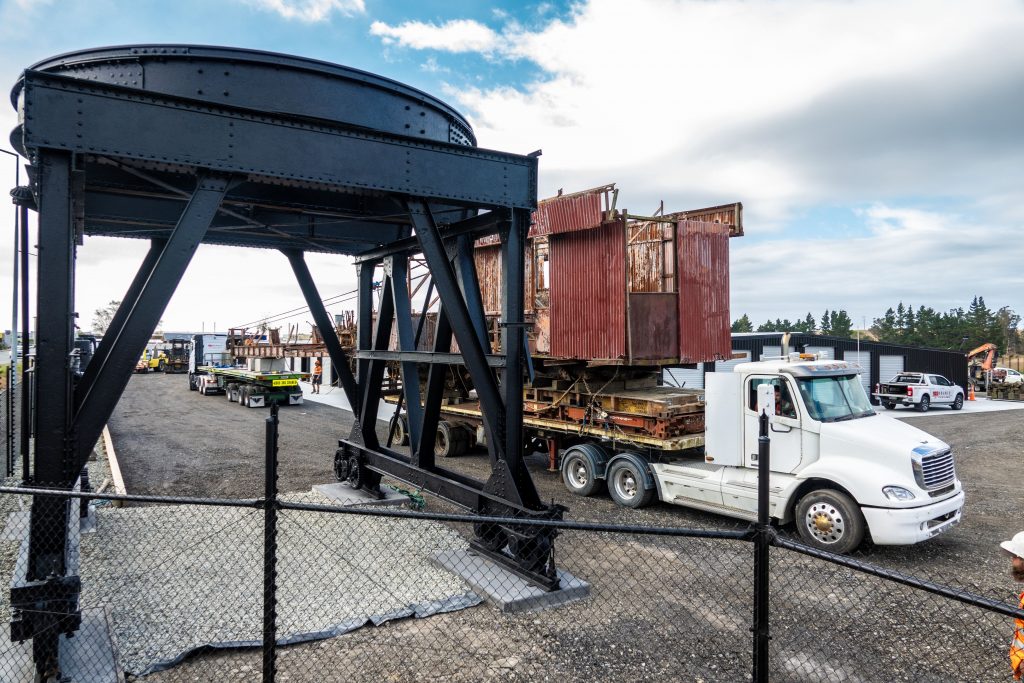
The response from the community had been really positive and encouraging, he said.
‘‘A lot of older local businessmen like Bill Washington have come in and been very complimentary and wanting to see it preserved.
‘‘I’ve found a lot of the older population are all quite excited. They remember it working and sitting in the port.
‘‘We do really appreciate them coming in and encouraging us. It’s been bloody good.’’
At present, the restoration costs were coming directly out of Mr Fraser’s pocket but he was looking to secure council funding to assist with the cost to complete the full restoration, about $50,000.
Mr Fraser was grateful for the help he had received from 360 Cranes, Steve Rush Earthmoving, Mark from Rural Fencing, Michael Richardson and his own engineers for all their efforts with the project.
